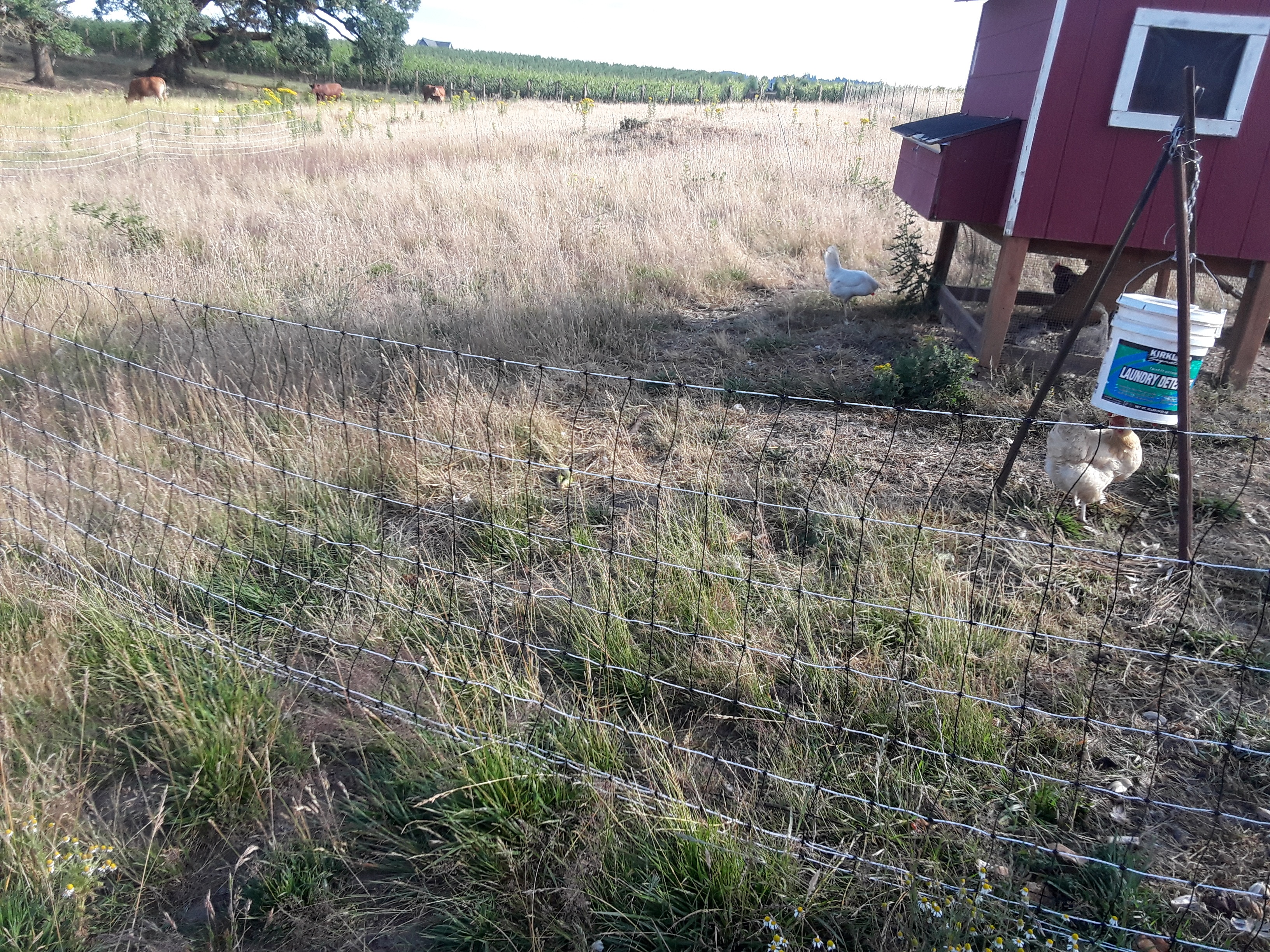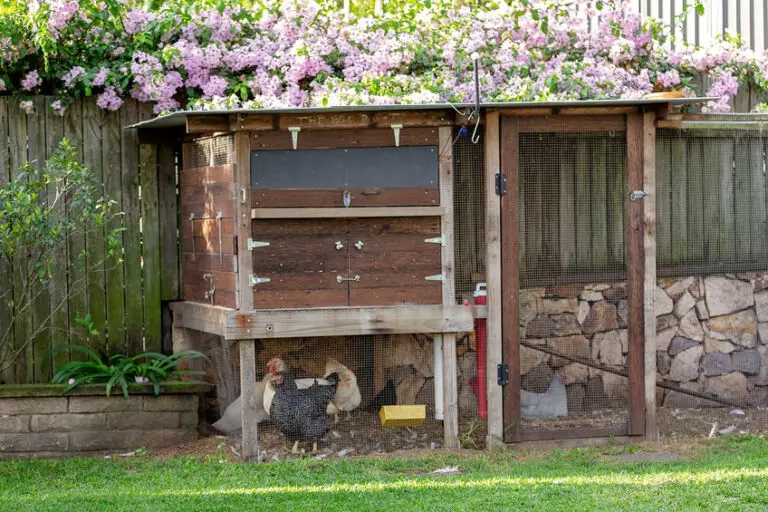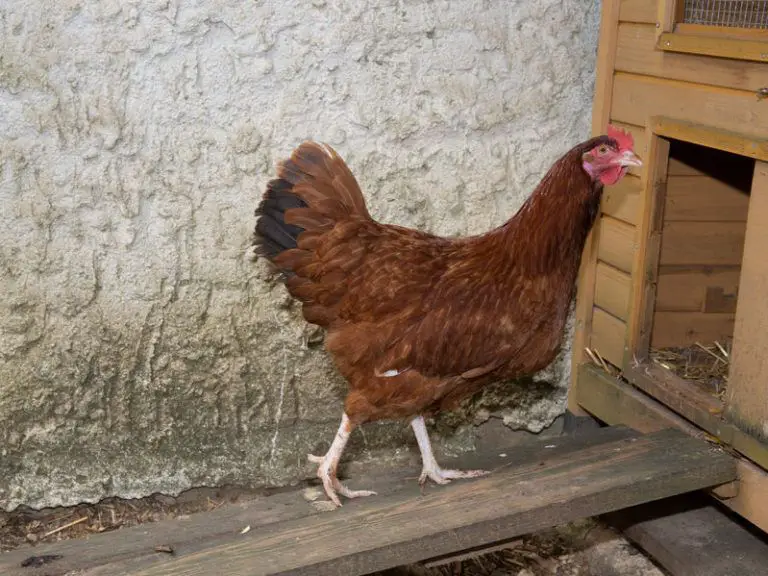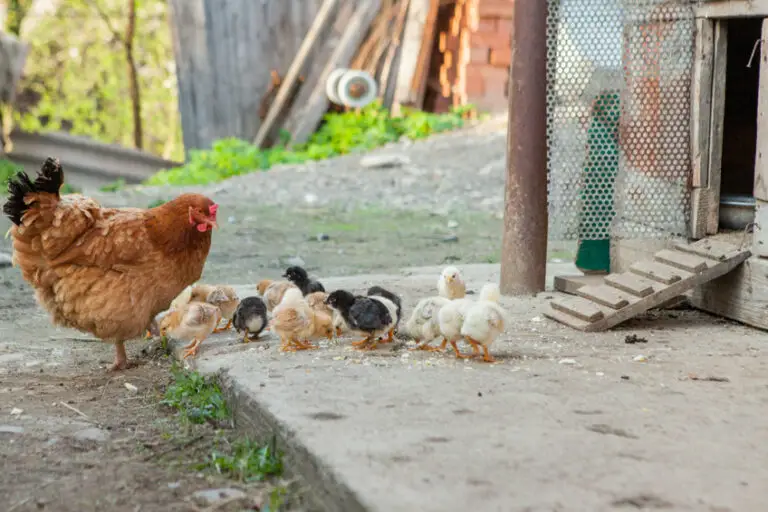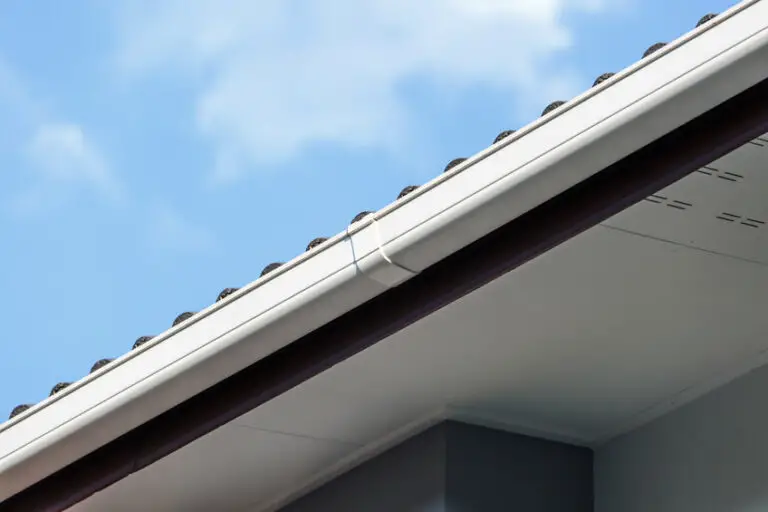Electric Poultry Netting Kit…Is It Really Worth It? We Think So, But It Depends
So you’ve gotten your flock all settled in their cozy coop, but you’d like to give them a bit more space to roam around without getting eaten by a predator or simply flying over to the neighbor’s house (Yep it happens more than you think).
Just how does one accomplish this feat without completely confining them? We found out that an electric poultry netting kit allowed our chickens extra space to forage without disturbing the rest of our yard.
We live in the country and our entire property is fenced in with woven wire farm fencing, the kind you can buy at your local farm store or online. We also have cattle and sheep, so it works great for keeping them in the pasture area. We thought it would work great for our chickens too since the woven squares seemed small enough that the chickens wouldn’t fit through…we were wrong.
Although the bottom 2-3 rows are narrow, they discovered they were able to squeeze through the 4th row, which they did all day long. Before long they were all over the yard, eating tomatoes in the garden, pooping on our deck, wandering onto the road, and laying eggs in all sorts of interesting places.
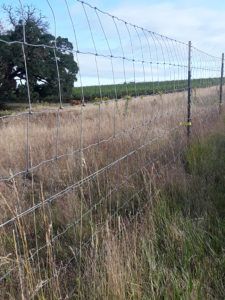
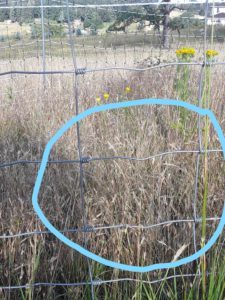
They were having a blast, but we weren’t so we knew it was time to try something else and the electric poultry netting kit seemed like a logical option since we already had electric fencing set up for the cows.
We went to the farm store and found the Premier PoultryNet Electric Fence, 48″ H x 164′ L, Double Spiked, White . There are dozens of other brands out there as well which may work just fine as well.
Although we weren’t too thrilled with the price tag of $219, we decided to try the 164 foot length over any of the shorter lengths offered (100 feet, or 80 feet). After having it in operation for a few weeks now, we love it!
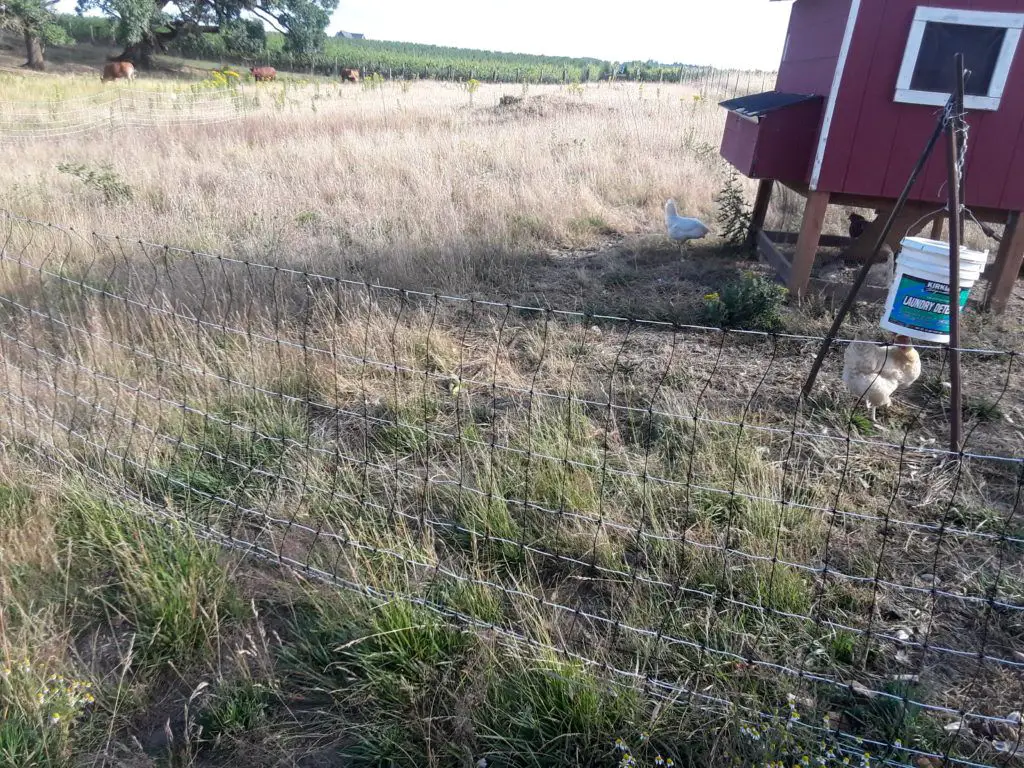
It feels like we’ve reclaimed our yard – before this it felt like the chickens were taking over ?. The install was easy, going up just like the product instructional video shows. And the chickens have plenty of room to poke around.
Below is a video of the finished product. As you’ll see, I still need to mow under the netting so the voltage won’t be affected since the grass is pretty tall where I installed it.
In the rest of this article we’ll discuss the pros and cons of the netting and what’s needed to make it work.
Pros
- Easy to install
- Keeps chickens in and predators out
- At 48 inches tall, chickens don’t fly over the top (as long as their wings are clipped) There is a 42 inch height as well, which may be a bit less expensive but may potentially make it easier for the chickens to fly over.
- Portable
- Can be fashioned in any pattern – oval, square, rectangle etc.
- Lasts many years (up to 10 years according to the research)
- Comes in a variety of lengths – If you have the space and can afford it, the longer the better!
Cons
- Electricity costs (unless solar power is used – more on that below)
- Price
- better to keep the grass trimmed near the bottom of the fencing as anything touching the netting can lessen the charge in the netting
- Does not protect from aerial predators
What To Buy To Get Started
The poultry netting kits come in different packages. They all include the netting, fiberglass poles, and connecting string and stakes to pull the corners tight. If you already have electric fencing and charger set up, then that is all you will need, and you can splice into your existing set up.
If you are setting the netting up from scratch, you’ll also need either a solar powered or electric power source.
You can buy a complete poultry netting kit, which includes the netting, poles, connecting string and stakes, AND a charger which could be electric or solar. An example of such a kit is pictured below, as pictured at Amazon, but these kits can also be purchased at your local farm store.

You’ll also need a set of grounding rods. These rods are around 6 ft in length and get pounded into the ground around 10 ft apart with a sledge hammer. They are all connected by a wire which is tied off at the ground end of the energizer unit – Most of the time it’s labelled green, like in the picture below.
Things To Keep In Mind With Electric Netting (and any electric fencing)
- Keep your mesh (or any electric fencing) clear of brush and tall grass if possible. This will allow the voltage running into the mesh to stay strong. Weeds and tall grass can weaken the charge felt by the chickens and may encourage them to try fly over it.
- Use grounding rods – (described above) We used a grounding rod kit I found at the farm store. These help provide a more reliable, consistent charge to your electric mesh.
Solar vs Electric
Either of these can work just fine. We already have an existing electric powered fencing unit which electrifies a single strand of wire to keep our cows and sheep in the pasture and away from the farm fencing. So we were able to splice into that connection for our poultry netting. It’s worked wonderfully!

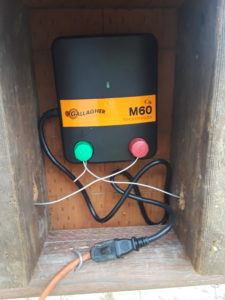
If we didn’t have that source in place, we may have considered the solar powered unit to save money on electricity costs. Although I’d have doubts on how well solar powered units would work where we live (Pacific Northwest). It’d be great in the Spring and Summer when we get lots of sun, but it’s grey and rainy for most of the Fall and Winter.
Here is a tutorial on how to set up electric fencing, which covers the basic process. Setting up electric fencing is actually very simple as the kits that you buy often include all the needed connections.
Below is an example of a Solar powered charger as found at Amazon. Similar solar chargers can be found at your nearest farm store.
I’ve talked to other farmers, my neighbor included, who said he had poor luck using solar powered electric fencing as he could not keep consistent charge to it, especially during the winter months. He switched to electric fencing for that very reason and said he’s had no issues since, as long as he keeps the electric wires free from too many weeds, grass, and the like.
He had to power a very large area, though, and may have had a solar unit too small to handle it. At any rate, electric power will always be more consistent than solar power because it’s on all the time and generally won’t short out as easily if there are a few weeds touching it…but again, you’ll pay more for the electricity costs.
You’ll likely have more success using solar powered units if you live in an area where there is a lot of sun year round. The solar powered units come with a battery which is constantly being charged by the sun.
However, if you go through an extended period of rainy or cloudy days, the battery is left to power it alone. A charged battery can last up to 2 weeks without needing the sun’s energy. Occasionally the batteries need to be replaced, a small price to pay for the amount of savings on electricity costs!
For me personally, this would always have me worried because of our geographic location and fearing the fence wouldn’t be charged if it wasn’t sunny outside, so we bought the electric option to eliminate that worry…but maybe I’m not giving it a fair chance. I see lots of solar powered fencing units in the area so others have obviously found a way to make it work!
Closing Thoughts
We hope we’ve shed some light on whether electric netting for poultry is right for you…or perhaps jolted you into trying something new ?. You’ll have to decide if this is in your budget or not – we found it to be invaluable since our flock was wreaking havoc over our entire yard.
If you’ve tried different types of electric poultry netting, please share your experiences below. Or, if you have experience using Solar powered chargers, we’d love to hear how those are working and if you’ve been able to make them work consistently. Thanks for stopping by!
For more information on setting up your chicken coop or raising chickens, peruse through our site or check out our free guide here.

